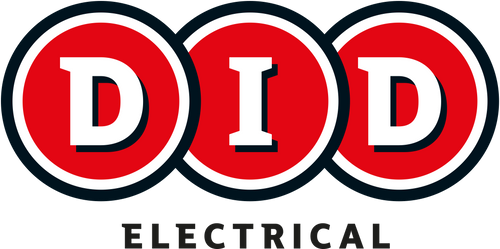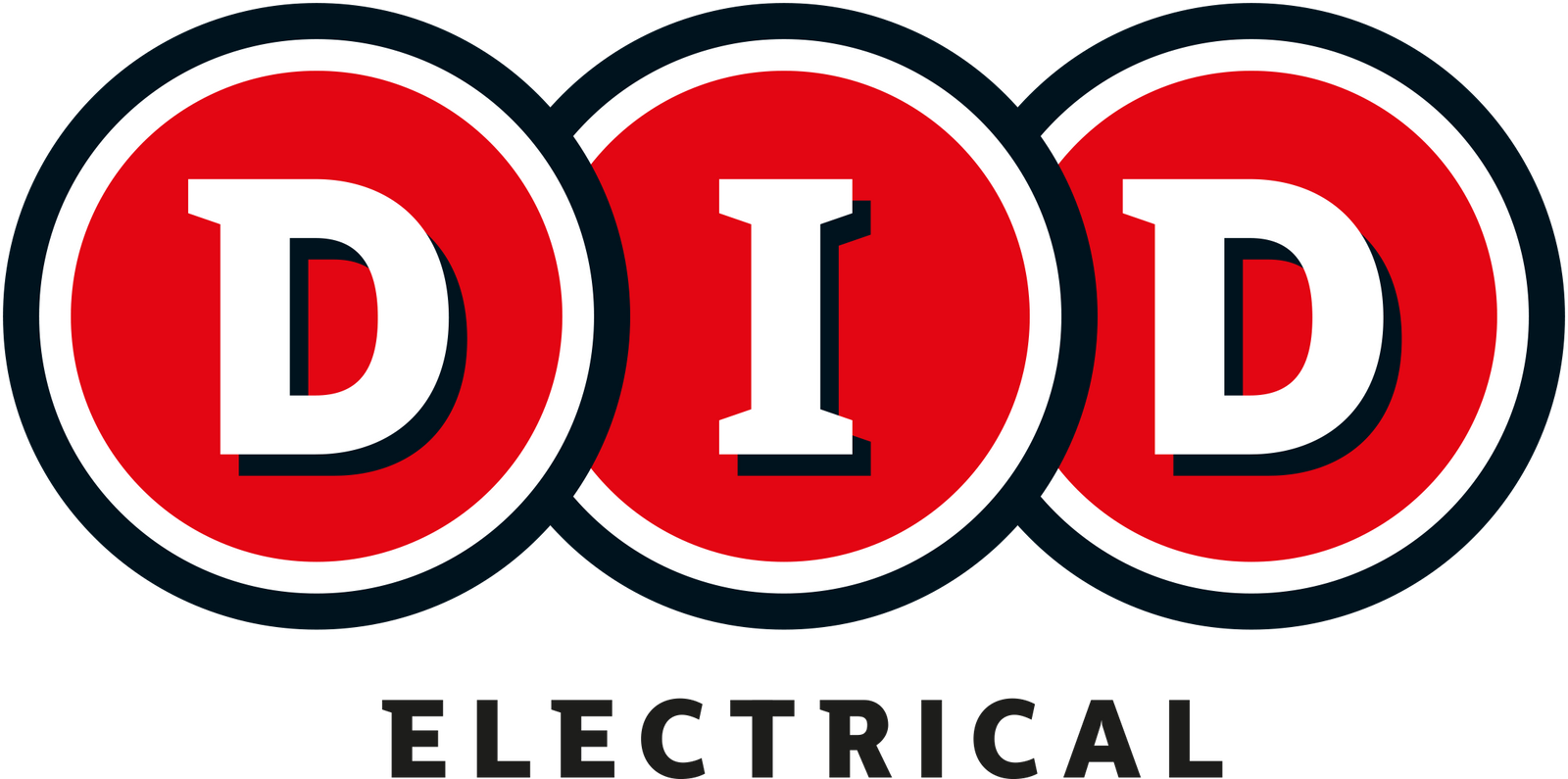Weaning is the process of transitioning your baby from a purely milk-based diet to including solid foods for the first time. It is an exciting (and messy!) time in your baby's development. There are loads of gadgets from silicone bibs, to special cutlery and tools. However, we feel the most important gadgets are the ones that save you time in prepping and help you make nutrient-dense foods for your family. So you can spend your time enjoying the process!
Blenders for baby weaning
A blender is a great gadget for starting off your weaning process. Blended single-ingredient purees are a good way to introduce new foods to your baby. Your blender allows you to make homemade baby food that is more economical than purchasing pre-made baby foods. it also gives you full control over the ingredients being used, which is particularly important for this early phase when allergies can be unknown.
When using a blender for baby weaning, it's important to ensure that the purees are smooth and free of any chunks or large pieces that could pose a choking hazard for your baby. Additionally, always follow safe food handling practices and properly clean and sanitise your blender after each use.
Slow Cookers for Baby Weaning
Slow cookers are convenient for preparing homemade baby food with minimal effort. You can cook a batch of ingredients like vegetables, meats, and grains together, and then blend or mash them into baby-friendly textures. they are particularly useful for families that are juggling weaning and working. You can tailor baby-friendly recipes that can feed the whole family. Simply take out a small portion and use your food processor or blender to get your baby-friendly texture.
You may also consider removing your baby's portion before adding extra spices, herbs and salt to the family portion. Be sure to be conscious of potential allergens when making large batches of meals. Common allergens include dairy, eggs, nuts, soy, wheat, fish, and shellfish. If in doubt, make an appointment with your GP to discuss your baby weaning journey.
Tips for Weaning
- Introduce Solids Gradually. Start with small amounts of single-ingredient purees or mashed foods to understand what textures and flavours your baby is comfortable with. Gradually introduce new foods one at a time to monitor for any allergic reactions. At the start of weaning, allow baby to dictate how much they eat. It is a discovering phase, and they will still be on milk for the bulk of their dietary requirements.
- Be Patient. Some babies take to solids quickly, while others may need more time to adjust. Be patient and continue offering a variety of foods in a positive and relaxed environment.
- Offer a Variety of Textures. As your baby becomes more comfortable with solids, gradually increase the texture of the foods you offer, moving from purees to mashed, chopped, and finger foods.
- Follow Your Baby's Cues. Pay attention to your baby's cues for hunger and fullness and let them guide the feeding process.
- Make Mealtime Enjoyable. Make mealtime a positive and enjoyable experience by sitting down together as a family and offering praise and encouragement.
- Stay Safe. Always supervise your baby during mealtimes. You should sit with your baby during meals and supervise their progress. This might mean eating at different times to your baby so yu can give them your full attention. Also, you should avoid foods that pose choking hazards, such as whole grapes, nuts, popcorn, and hard sweets.
Remember, every baby is different, so find what works best for your little one and enjoy this exciting milestone together! If you are in doubt, always consult your GP for medical advice.
Baby Weaning FAQs
What is baby weaning?
Baby weaning is when you start to introduce solid foods into your baby's diet.
When should I start weaning my baby?
The HSE recommends starting baby weaning at around 6 months old. This recommendation is the same for formula or breastfed babies.
This is a general recommendation. If you have any specific queries about your child's ability to start weaning then you should have a consultation with your GP to get more advice for your baby.
How do I know if my baby is ready for weaning?
Your baby will give you signs that they are ready for weaning. Look out for the below:
- Being able to sit up with support and can control their head movements.
- Showing signs of coordination. Your baby should be able to look at food, pick it up and put it in their mouths by themselves.
The below are considered 'fake ' signs for baby weaning.
- Chewing their fists.
- Waking more regularly throughout the night.
- wanting extra milk feeds.
if you are unsure, always talk to your GP to get specific advice for your baby weaning journey.
Should I start with purees or baby-led weaning?
Both approaches to baby weaning can be considered and will depend on you and your baby's preferences. Purees involve spoon-feeding your baby smooth, mashed foods, while baby-led weaning involves offering age-appropriate finger foods for your baby to self-feed. You can choose the approach that best fits your baby's developmental stage and your family's preferences. You can also opt for a combination of both.
What should I do if my baby refuses solids?
If your baby refuses solids initially, don't force it. Offer a variety of foods in different textures, flavours, and colours and let your baby explore at their own pace. Keep offering solids regularly and be patient, as it may take time for your baby to get used to the new tastes and textures. Your baby might not be interested at certain times of the day. Try to avoid it when they are tired or distracted.
How do I safely store homemade baby food?
Store homemade baby food in airtight containers in the refrigerator for up to 3 days or in the freezer for up to 3 months. Label containers with the date of preparation and use the oldest containers first when feeding your baby.










